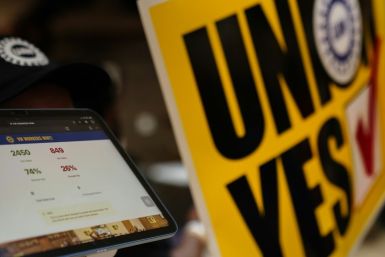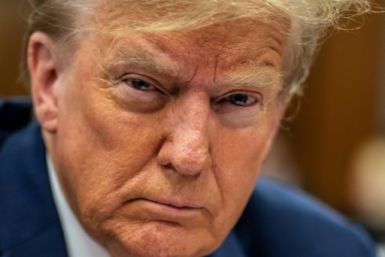Australian business investment slips; Economist sees 'some good news' underneath headline

The last quarter saw an unexpected slip in Australian business investment as miners spent less on buildings and other sectors splashed out more on machinery. Investment dipped 0.2 percent on a seasonally adjusted basis in the December quarter to $29.6 billion, according to date from the Australian Bureau of Statistics (ABS).
The Australian dollar fell more than a quarter of a US cent to a two-month trough of $0.7712. Despite what appeared to be a disappointing headline number, economists see good news to it.
Among them is Sarah Hunter, head of Macroeconomics at BIS Oxford Economics. "The data has largely confirmed the business confidence surveys, which have sat in positive territory for over a year now,” she said, according to The Business Times.
Spending on plant, equipment and machinery rose 2.2 percent and must have added moderately to economic growth in the fourth quarter. There are expectations that figures due next week would show the nation’s $1.7 trillion gross domestic product (GDP) expanded by anywhere from 0.5 percent to 0.8 percent.
Business Insider Australia reports Commonwealth Bank’s Kristina Clifton as saying that the primary focus now is on non-mining investment since the mining boom is, for the most part, over. She said that the outlook for non-mining capex looks good.
Clifton added that the background conditions for stronger spending are in place. “Global growth has picked up, business conditions and confidence have been elevated for some time now and employment growth is strong.”
Firms have raised spending plans for 2018 and beyond. A recent estimate for investment in the year to June was at $114.6 billion.
Capital Economics chief economist Paul Dales pointed out that as firms begin to flex their spending muscles, the main point remains that investment is no longer the Achilles' heel of the economy. Dales recognised that the private capital expenditure survey for the fourth quarter was a bit weaker than expected, but he believes that although there was slight disappointment, it is becoming clearer that investment will back up GDP growth.
Dales added that it looks as though the 0.6 percent climb in GDP in the third quarter was followed by something similar in the fourth quarter as other parts of the economy are not doing quite as well. He noted that the CAPEX survey does not tell everything because it excludes spending in the education, agriculture and health sectors.






